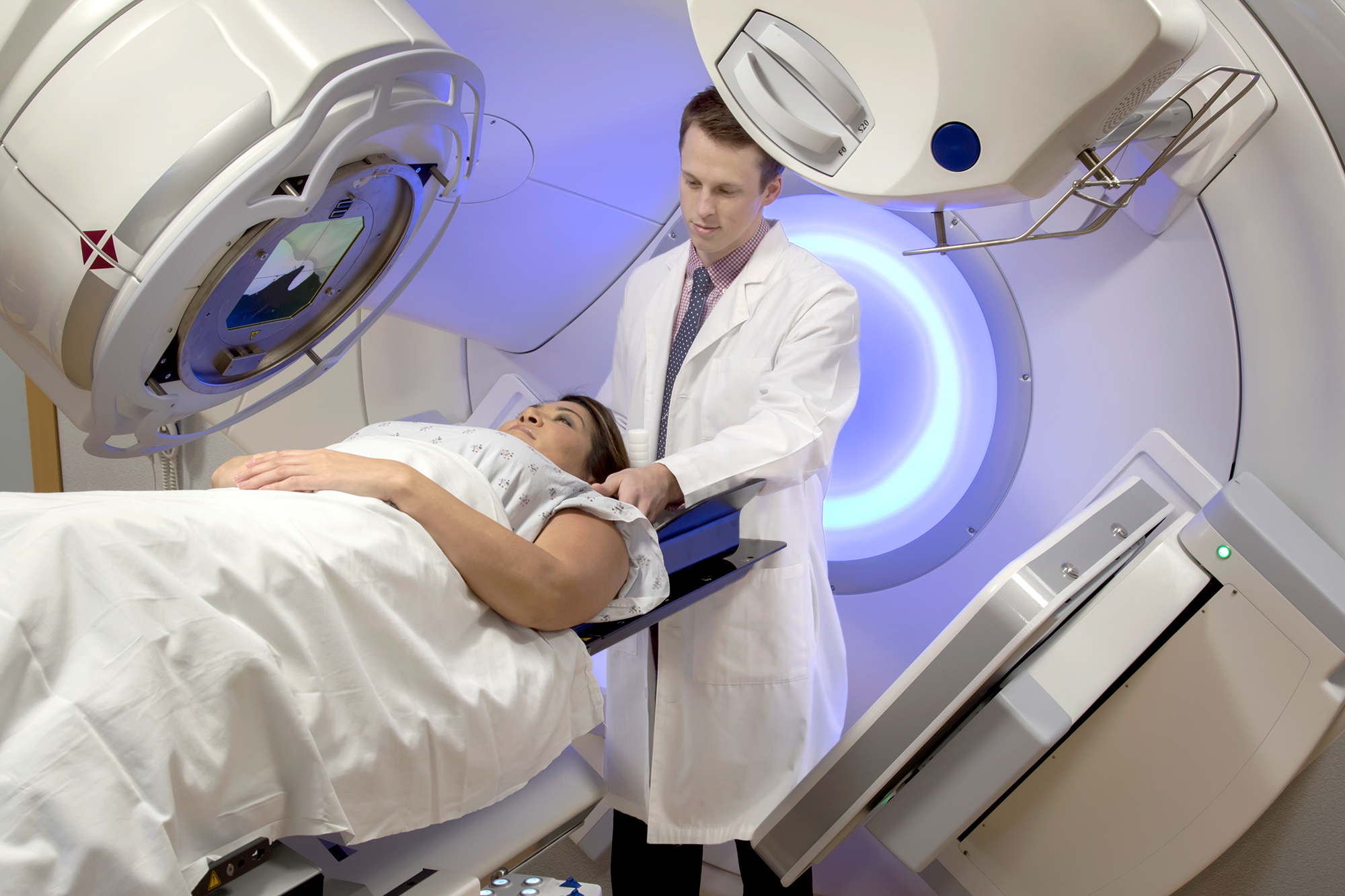The COVID-19 pandemic has forced rapid and significant changes in the delivery of clinical radiation oncology.1-3
The American Society for Radiation Oncology (ASTRO) and the European Society for Radiation Oncology (ESTRO) have released clinical guidance for managing cancer radiotherapy during the pandemic, promoting shorter, hypofractionated treatment schedules and delineating practice recommendations for risk-adapted head and neck cancer radiotherapy, lung cancer radiotherapy, and the prioritization and triage of patients with breast cancer during the pandemic.1
“Early on, our members reached out to ASTRO for guidance on ways to manage patient visits,” said ASTROPresident Thomas J Eichler, MD [email communication, April 2020]. “We initially directed them to the CDC website and our online member community, the ROhub, but it quickly became apparent that more specific recommendations were needed that addressed the unique needs of cancer patients.”
Basic Recommendations
ASTRO convened a work group of academic and community radiation oncologists to draft a frequently asked questions (FAQs) list, clinical recommendations, and a list of helpful websites.
“Our goal was to craft recommendations that could be used across the entire spectrum of radiation oncology practices but especially for our colleagues in freestanding facilities,” Dr Eichler noted. “Most hospital systems and academic programs have their own internal guidelines, nuanced to their individual institutions. The core advice, however, is essentially the same across the board: proper hygiene for staff and patients, judicious use of PPE, prudent management of COVID-19 positive patients and protecting patients and staff.
“COVID-19 has forced institutions and individual practices to assess their entire process of care, resulting in dramatic changes that continue to evolve,” Dr Eichler said. “Patients and staff are now screened daily as they enter the clinic/hospital. Staff is educated to red-flag symptoms — fever, cough, shortness of breath — in addition to wearing clean scrubs daily.”
At the facility level, screening and sanitation are key. Hand sanitizer should be used by patients and staff upon entering and leaving the treatment vault, he added.
“Masks are now recommended for patients and staff with judicious use of protective eye/face shields for clinicians examining patients,” Dr Eichler added. “Social distancing remains of the utmost importance, especially in waiting rooms. Where practical, some patients may wait in their cars until they receive a text that indicates that they are next in line for treatment.”
Providing direct patient engagement without placing clinicians at risk has involved walking a “fine line,” Dr Eichler said.
“Our radiation oncologists have been encouraged to see their patients undergoing radiation therapy face-to-face for their regularly scheduled weekly visit with the doctor, using proper social distancing and PPE,” Dr Eichler explained. “Some new patient consultations and follow-up visits, on the other hand, are being conducted via telemedicine, mitigating the exposure risk for both doctor and patient.”
Radiotherapy is being deferred for some patients with some early-stage prostate or breast cancers “while being managed safely with hormone therapy,” Dr Eichler said.
